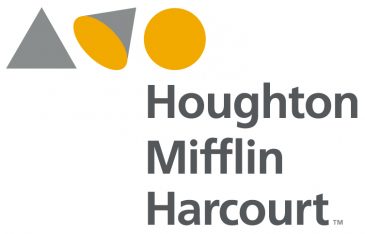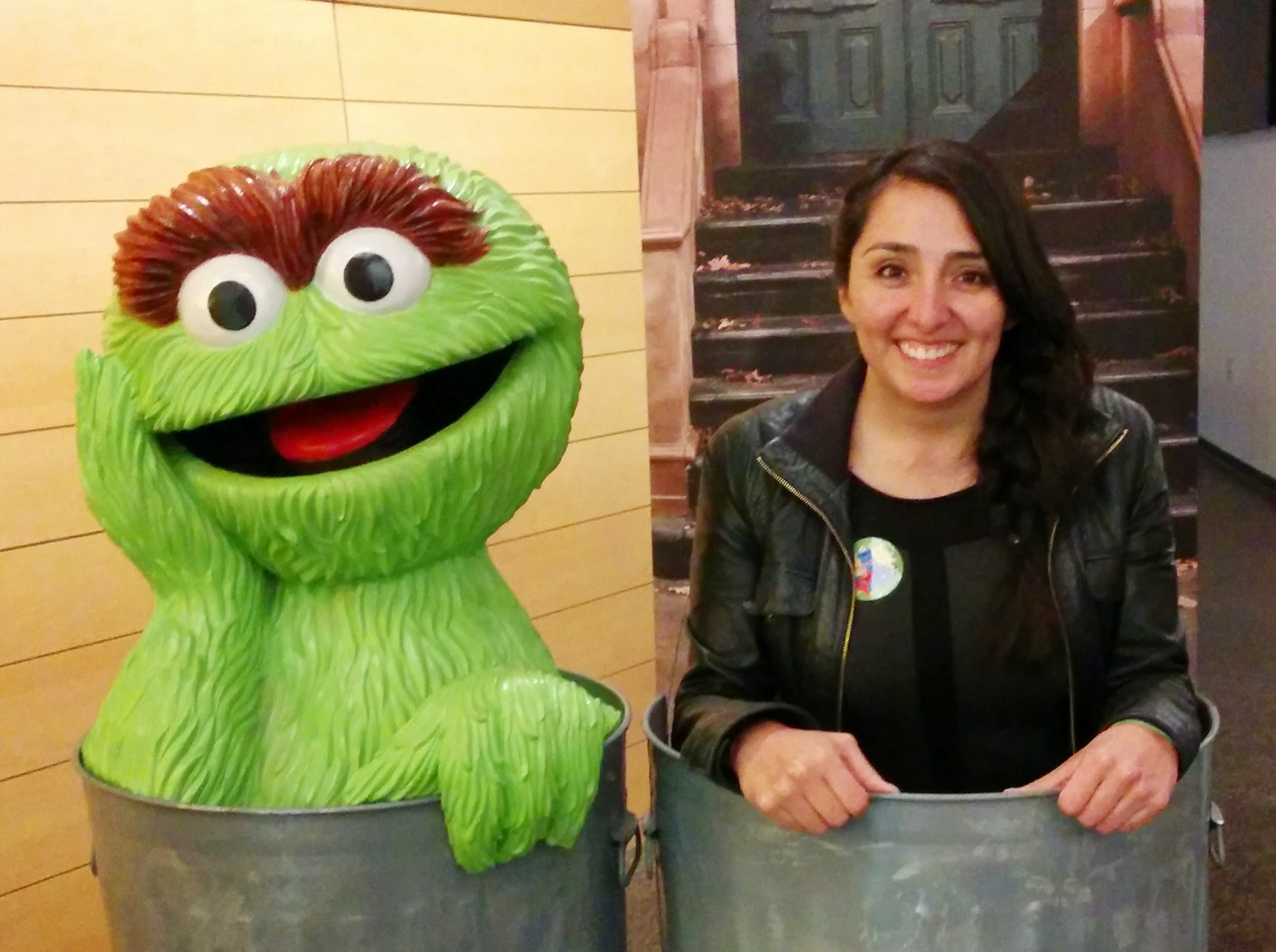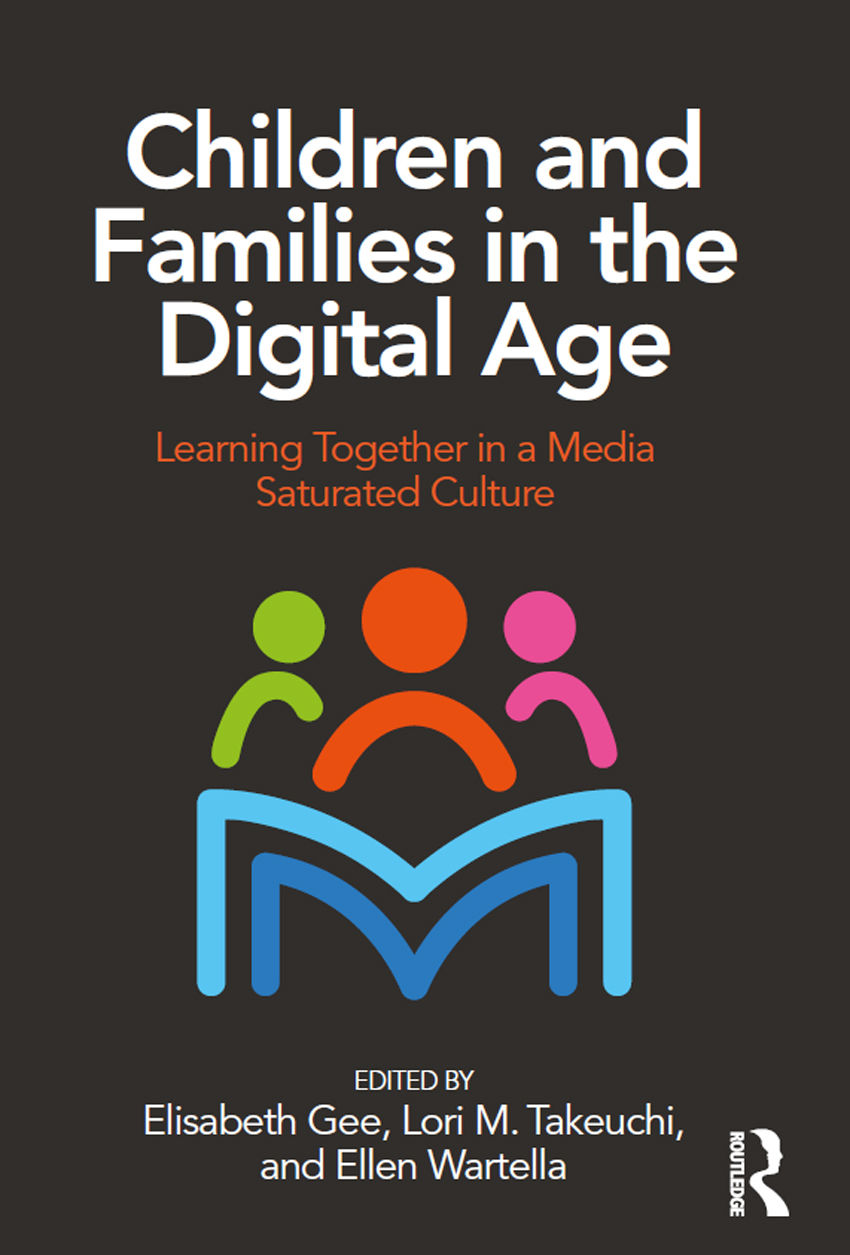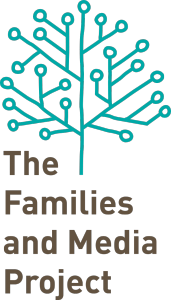
The Families and Media Project (FAM) aims to unearth the potential that media may have for enriching family learning and routines. To accomplish these aims, members of the Families and Media Research Consortium have conducted a series of studies that link large-scale data with in-depth illustrations. Findings are translated for educators and media designers interested in designing content, products, and educational programs that:
- Positively impact the learning, communication, and lifestyle needs of families with children.
- Support family engagement with media—in real-time and asynchronously—by taking advantage of technological affordances that may overcome the various challenges of using media together.
- Better address the needs of modern families, including single-parent households, non-native speakers, and parents with demanding work schedules.
- Help families be smarter media consumers, and wiser in their content selections.
Our goals are to stimulate the national conversation around the ways families use digital media together; inform policy on digital equity, family engagement, healthy development and education reform; inform design of media and media-based interventions and curricula; and to create resources for parents and educators to increase the amount/quality of interactions around media. Children and Families in the Digital Age, published by Routledge in November 2017, features in-depth analyses of the findings of the FAM team.
The FAM Project is comprised of a series of studies, including:
- Learning at Home: Families’ Use of Educational Media in America
In Summer 2013, the Cooney Center conducted a nationally representative online survey of parents of children ages 2-10. The purpose of this survey was to document the extent to which families are using educational media tools, how they use them, the benefits parents perceive from informal educational media use, the obstacles to increased use of educational media tools, how we can enhance joint engagement with media, and how these issues vary by factors such as child age, socio-economic status, and family structure. Authored by Victoria Rideout, the survey of more than 1500 parents included an oversample of African-American (~300) and Hispanic (682) respondents. The ongoing nature of the survey will allow us to track changes over the years, as access to new devices expands and as new learning tools are developed. Download the report here. - Regional Family Field Studies
The FAM Research Consortium is employing a mix of qualitative and quantitative methods to study upwards of 100 families with children from across the US to more deeply understand how family members are interacting around media, the nature of the content they are consuming, and socio-cultural context of their use. Researchers are speaking with several members of family units—the children, parents, grandparents, other relatives—as well as teachers, community librarians, afterschool mentors, and others connected to the family to paint a more complete picture of the learning ecosystem. Given the time-intensive nature of the ethnographic aspects of this work, each university partner focused on a set of families in its region (e.g., 15-20), including New York, San Francisco, Phoenix, and Chicago. Partners employed a common set of data collection and analysis protocols, but each regional study maintained a distinct secondary focus. - Longitudinal Outcomes Research
Little is known about the association between various forms of new media use (particularly mobile content) and developmental outcomes for young children. The purpose of this longitudinal study is to examine relationships between various content and media use patterns, and children’s school readiness and achievement. Two cohorts of children—2-year-olds and 5-year-olds—will be followed for 3 years. Using new tools for measuring media use, diary data, interviews, and assessment measures, families will be contacted by phone every 4 months to collect media use data, and visited in person once a year to assess children, interview parents, and take home inventories. This will be the first study to examine media use by platform, content, and context of use and its associations with developmental outcomes since the Early Window Study and Recontact studies of the 1990s.
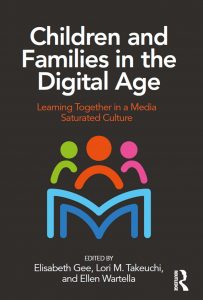
The Families and Media Research Consortium includes:
- AARP
- Arizona State University
- The Joan Ganz Cooney Center
- The LIFE Center
- Northwestern University’s School of Communications
- Northwestern University’s School of Education & Social Policy
- Rutgers University
- Sesame Workshop
- Stanford University
- VJR Consulting
